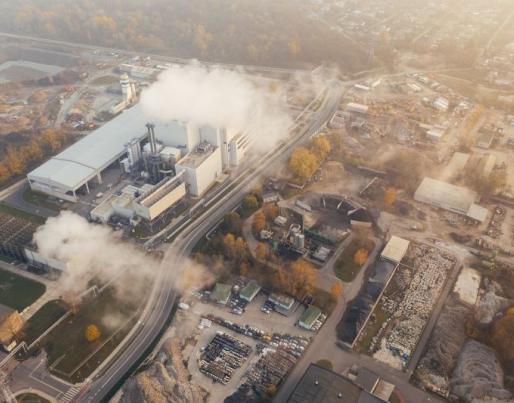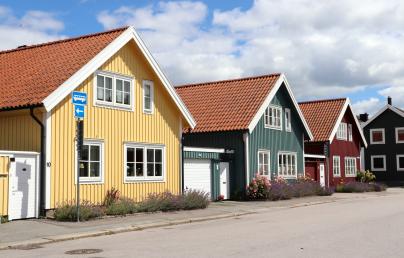
Identifying new and innovative strategies to reduce carbon emissions and waste in the construction sector

Identifying new and innovative strategies to reduce carbon emissions and waste in the construction sector
The current world is defined by technological innovation which has led to a population growth. Hence, there is a need for a sustainable transition towards circularity and circular construction. How can the industry engage stakeholders more to cooperate towards this goal?
Circularity has become a hot-button topic in several industries in recent years that requires the cooperation of stakeholders. This article will discuss how engaging different stakeholders can help the construction industry transition to a circular model.
Circular Construction
The modern world is largely defined by technological innovation, which has led to improved health and standards of living for individuals and a consequent explosion in population. With this ever-expanding global population comes the need for suitable housing and infrastructure, which has driven increasing urbanization. The construction industry plays a key role in the expansion of urban populations.
There is an urgent need to transition toward an economy that uses natural resources sustainably. Currently, the construction industry is responsible for around 50% of recovered resources globally. Furthermore, the sector is responsible for around 5-12% of all carbon emissions and generates vast amounts of waste materials. For example, in the EU alone, 35% of total waste is composed of construction materials.
The concept of circular construction has gained ground in recent decades as the world attempts to address the key ecological, social, and economic challenges of the modern world. Circular methods of working recover, recycle, and reuse waste materials, reducing the demand for rapidly depleting virgin resources. This is an extraordinarily complex undertaking that faces fundamental challenges that require major changes in the construction sector.
A key challenge associated with circular construction for the industry is ensuring economic growth whilst reusing fewer primary resources. Therefore, materials and components which have high economic value must be preserved, thereby reducing the energy and cost demands of processing and manufacturing building parts.
Stakeholders in the Construction Industry
All businesses have stakeholders, which have their own unique roles and demands. Whilst the issues within the construction industry may differ by jurisdiction, building projects involve similar stakeholders and must take their needs into account. Understanding the role of different stakeholders, how their demands can be met, and how they can work together is crucial for the success of the construction industry.
Read the full article here.

